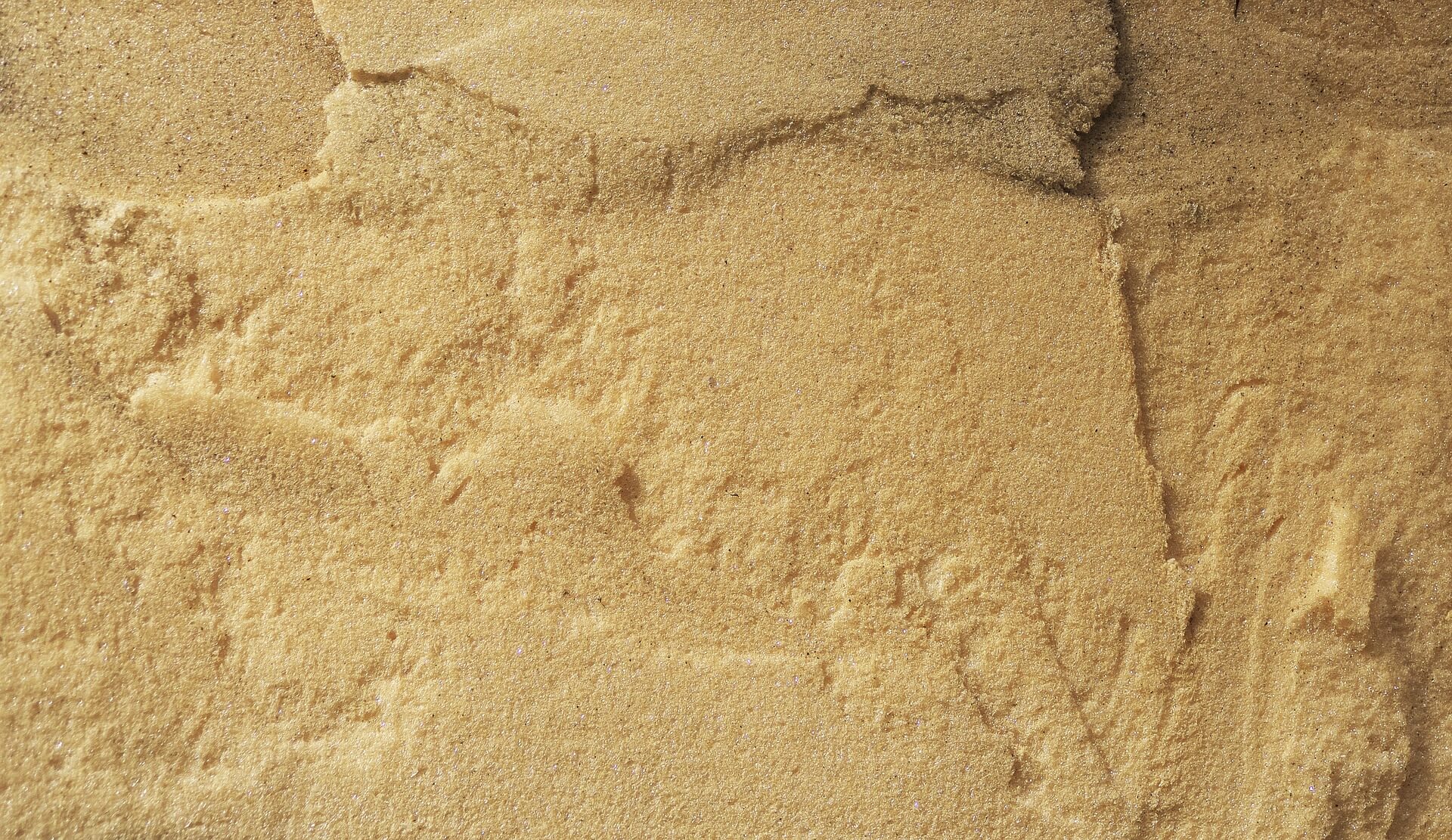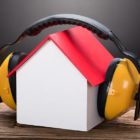More people than ever are interested in insulating their homes in the UK to cut down on heating bills and to reduce our carbon footprint. Insulating your home is a choice that will positively affect you year-on-year.
Also, by properly insulating your home or property you will be actively working to reduce the amount of air penetration, which in turn will improve the property’s air tightness and therefore energy efficiency all round.
However, with so many different types of insulation all of which are suited to different and specific purposes and even buildings, it can be tricky to know which is right for you and your property. Important to remember is that there is no ‘correct’ or ‘wrong’ form of home or property insulation; different insulation options and solutions will be right for different needs and properties.
Blanket Insulation
This is the most common form of insulation used in homes in the UK. Blanket insulation usually comes in rolls that are backed with foil. The material usually used to create blanket insulation is glass wool, which is often made from recycled bottles. This means that blanket insulation tends to be quite environmentally-friendly too. It also tends to be one of the easiest materials to install and is very cost-effective.
Sheet Loft Insulation
Sheet loft insulation, as the name suggests, comes in sheets and is usually used to insulate the sloping side of a roof. This insulation goes inside the roof if in the loft and can be more expensive than other kinds of insulation. It is also fairly energy-intensive to create which means it is not as environmentally friendly as blanket insulation. However, it does have a high insulation value which means it will insulate your loft very effectively.
Sprayed Foam Insulation
This is a fairly commonly used type of insulation and works in a similar way to liquid foam. Whereas liquid foam can be injected or poured into wall cavities, spray foam can be used in a number of ways. Spray foam insulation will expand and become solid as the mixture cures. Slow curing foam is also available which means it will be able to blow around any obstructions inside the cavity before hardening. This is a very easy way to insulate the gaps between your cavities.
Sheep’s Wool Insulation
Sheep’s wool insulation is a fairly new product to the insulation market. It can be used for a variety of jobs including insulating in between roof beams, insulating under floors and in between solid walls. Sheep’s wool is a fairly efficient insulator and offers a more natural alternative to synthetic options. Sheep’s wool insulation will last for over 50 years and is treated to make it fire and insect repellent.
Rock Mineral Wool Insulation
This form of insulation is like a more solid version of glass wool. It is suitable for installation in situations where the insulation material might be compressed. Rock mineral wool is bought in roles and comes in a variety of widths and thicknesses which makes it a great option for a range of insulation needs. Rock mineral wool is also a very effective fire safety measure as it is resistant to heat and fire.
Loose-Fill Insulation
This is another very common form of insulation and can be known as loose-fill insulation or blown in cavity wall insulation. Loose fill insulation is made up of small particles that form the material of the installation. Because it comes in such tiny pieces, this insulation can conform to any space without disturbing the structures within. Most commonly this type of insulation is made from materials such as cellulose, fibreglass or mineral rockwool. All of these materials are reformed from recycled materials.
Loose fill insulation is not generally a good option for a DIY. It needs to be installed into wall cavities via a pipe, and is best done by a professional.
Rigid Foam Insulation
Rigid foam insulation is used in situations where weight is needed for support. It is often used under floors or in lofts. As the name suggests, rigid foam insulation is rigid which allows it to add structure and support in these areas. Rigid foam also offers acoustic insulation as it minimises the effects of sound travelling through floors, a form of structure-borne sound. This makes Richard foam a great option for places like flats, where acoustic insulation is ideal.



